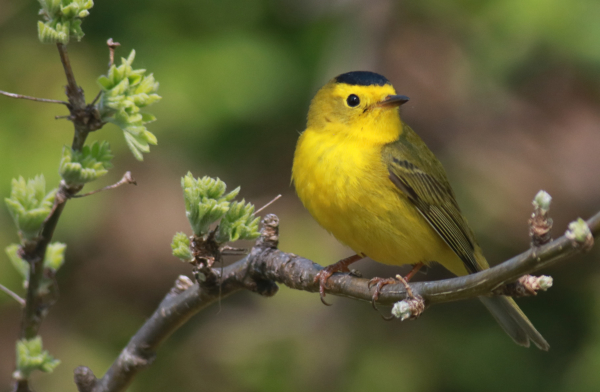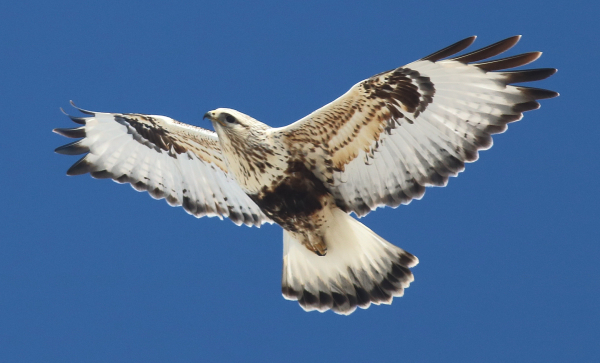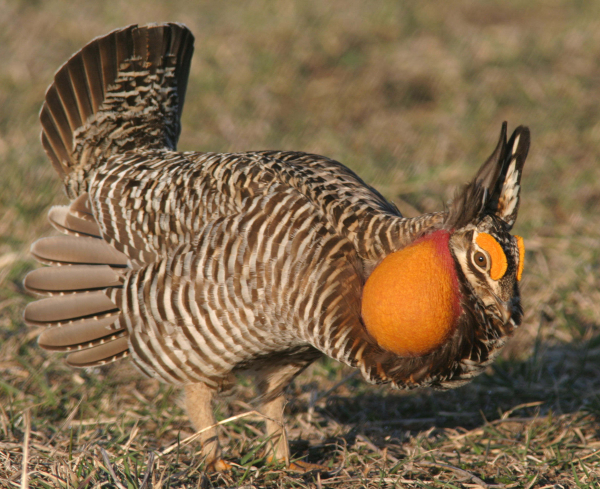I think it’s a good time to take a step or two back, and instead of addressing some of the finer points of bird photography, let’s start at the beginning – in a way that will be interesting to beginners and people who have been photographing birds for months, or decades. To begin with, please permit me to share my personal, but informed, impressions that bird photography is a “highest level” activity of the variety of birding activities we enjoy – it provides the greatest level of enjoyment and fulfillment by my estimate. If you’re not a bird photographer, take my word for it. If you are a bird photographer, you know very well what I mean.

So please also permit me to enthusiastically encourage you to join the ranks of birders who photograph birds – it will expand your level involvement in birding, and bird photography will probably change your life to be more fun, enjoyable, exciting, and fulfilling.
Bird photography adds to all our birding endeavors – in our yards, in the field, as we travel, and in our efforts to document our sightings and behavioral observations. It can also be a method of recording and remembering outdoor experiences, and your photos will aid in bringing fond memories back in vivid color. Bird photography is even an artistic endeavor that captures the real beauty, colors, and actions of wild birds in nature.
Basic Equipment – To start with, you need a couple basic items: A camera body and a telephoto or zoom lens. First, look into a good, adequate, relatively inexpensive digital SLR camera. Canon, Olympus, Nikon, and Pentax all have excellent models as do other manufacturers. All modern DSLR cameras have similar amazing features including auto-focus, taking multiple frames per second, and even video options. But because virtually all DSLR camera bodies will provide adequate features, the primary feature that I look for dictates the quality of the images the camera model produces, and that is the number of sensor megapixels (sometimes listed as “MP or mp”). Today your best bet is to look for an affordable camera that offers a 20 to 24 megapixel sensor.
The price is never right, but consider any photo expense as an investment for you to improve your quality of life; like a different car or a bigger screen TV. A starter camera body usually runs about $450 to $750. You can pay more for a better model, but it’s not necessary; and if that price is too much for you, don’t be afraid to buy a good used model. I’ve never heard of anyone having a problem with a second-hand camera model, and I have always offered my replaced cameras to a series of friends for $200, which is economical for such an important piece of equipment. But hang on; you will also need a lens, or two.

Lenses – You essentially have two options for lenses, a zoom lens and a telephoto lens. A telephoto lens is a fixed lens that has a set level of magnification. A zoom lens is more versatile in that it will permit you to “zoom” within a range of magnifications.
For bird photography, the perfect lens magnification is 400mm, which provides 11x magnification. I have a 400mm telephoto lens, and that’s essentially the only lens I use for bird photography. The magnification a 400 provides is on the upper scale of what you can hand-hold without having to use a tripod. It’s more than adequate for a beginning photographer – and you will never “grow out of it” or need to upgrade to another lens someday.
A zoom lens may be a better lens for a new photographer, or almost any bird photographer, and the most commonly used models tend to be a 100-to-400mm zoom lens. This provides a wide range of zooming options from 3x to 11x. It’s versatile for other photography uses, but I find that when using my zoom lens, I’m almost always zooming out to the max magnification. Therefore, I use my 400mm telephoto almost exclusively when photographing birds. I always have my 35-to-350mm zoom lens within reach, but I find I use that lens for other purposes – taking landscape photos, people photos, or photos of large mammals like relatively close moose or elk, elephants or giraffes – but rarely birds.
The bottom line is that you will probably want both a telephoto and a zoom lens. To begin with though, you may want to opt for the versatile zoom lens. Either lens will cost in the neighborhood of $1,000 to $1,500 new, but again, you should be able to find a used lens for much less – maybe half that price. Keep in mind that photographers are very careful with their equipment – everyone takes meticulous care of their camera and lenses. They are expensive, and there is an understanding that they are fragile, although they are amazingly tough and resistant to dings and scratches and such. In fact, I can’t remember seeing another photographer with a scratch or chip on the outside of their lens or camera. Then too, photo equipment is an investment, and people know they can re-sell their equipment if they wish to replace it, so they’re doubly careful.

The Bad-est Lens – I must share a story with you: My telephoto lens is the only lens I’ve ever seen that is beat up with dings and chips and black gauges on the outside of the lens, with some enamel peeled away – it looks like it’s been through a war – but I got it that way. Like other photographers, I take very good care of my equipment, and I have never put a scratch or ding in that lens. But people must wonder when they see me using it; and once in a while someone will make a friendly remark about how “well-used” my lens is and I will joke a bit, then tell them the following story.
A friend of mine worked as the marketing director for one of the major photo companies, and he became somewhat dedicated to making sure I used his company’s equipment. I never asked him for anything, but he was most generous in providing me with great photo equipment – always new, except for the “badest lens.” At the time, he apologized that he could only offer the “badest lens,” explaining that it worked perfectly, but it had been one of the company’s loaner program lenses. Pro photographers could apply for the use of a lens in the company’s loaner program with the idea of buying one for themselves if they liked it, or to use it for a few weeks or more when they needed it for sporting events like the World Series or Olympics.
So my lens had apparently seen the toughest use of any telephoto ever produced by this exceptional company – and it survived – and I proudly use it almost every day as my workhorse 400mm telephoto lens that produces all the bird photos you see in The Birding Wire that are attributed to me, along with any photos that do not have a photo credit – those are my photos too. So if you ever see a guy with a badly beat up telephoto lens on his camera – it’s me.
In the meantime, we will continue this series of articles that will take you from selecting equipment for bird photography to advice about how to use your equipment (for quick advanced results), the basics of bird photography, and where to photograph birds – and we’ll have some fun along the way.
No Limits
One of the really exciting things that keeps people photographing birds is that it is an open-ended activity that has no limits and it keeps your interest levels high – perhaps higher the more you embrace photography. There are also no limits to the enjoyment you experience when you engage in bird photography and grow with the experience. If you are already a bird photographer, you know exactly what I mean; if you’re even slightly interested in joining the fun – Get Started!
Article and photographs by Paul Konrad
Share your bird photographs and birding experiences at editorstbw2@gmail.com